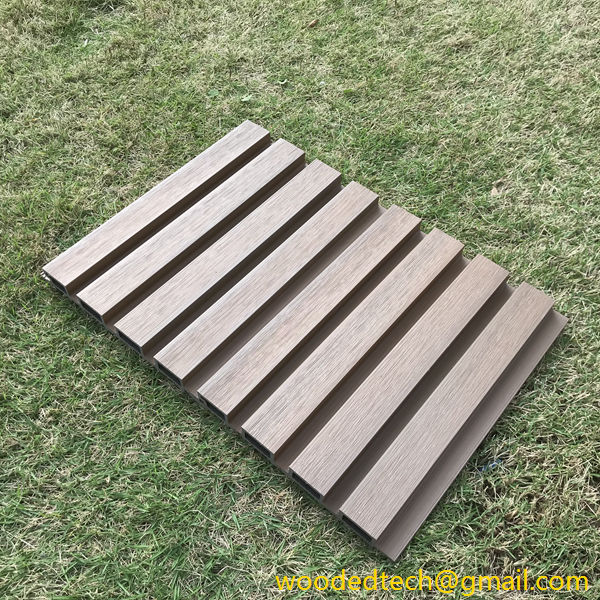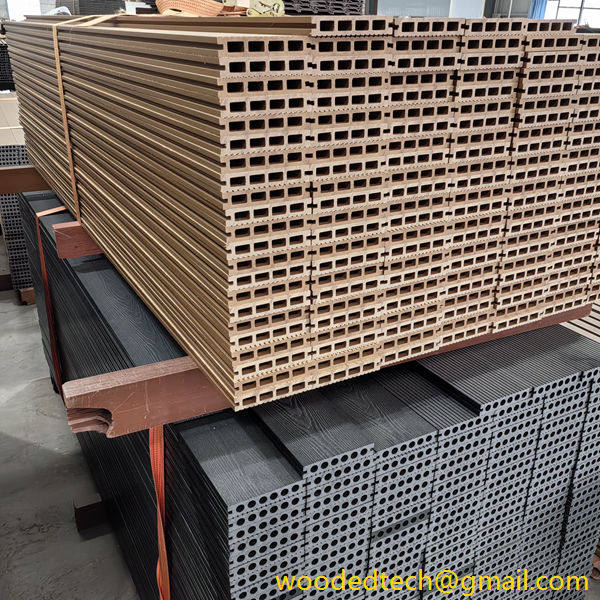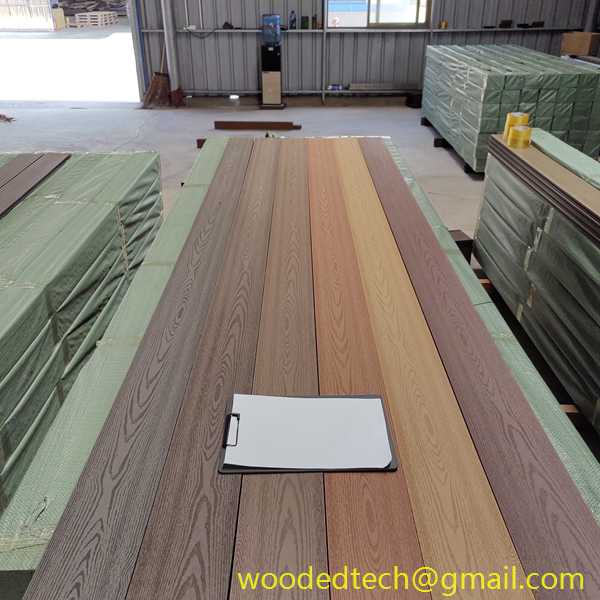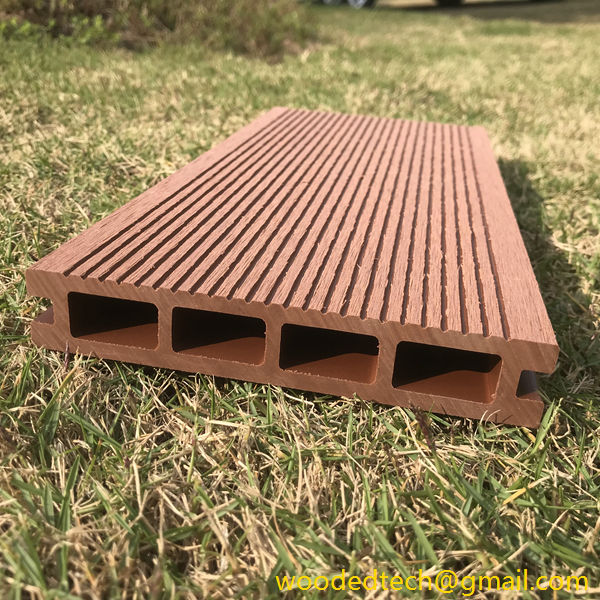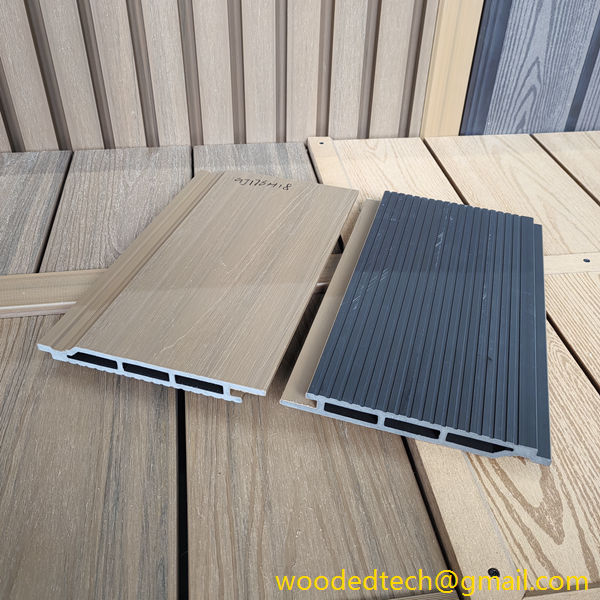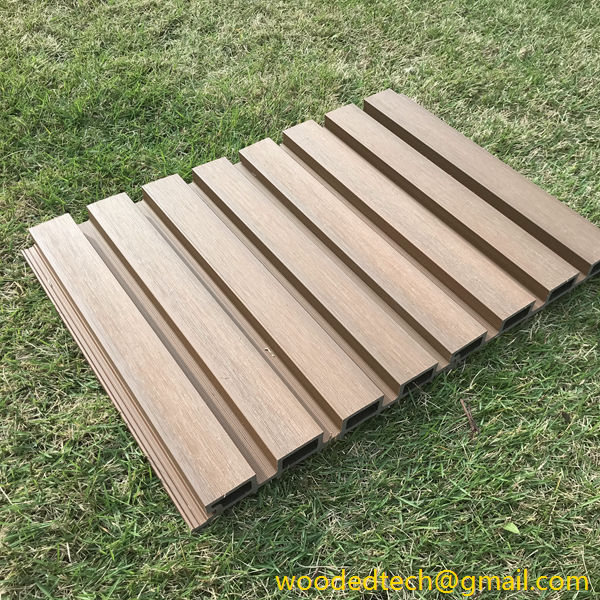Exploring WPC Decking Frame Options for Structural Integrity and Aesthetic Appeal in Your Deck
When it comes to enhancing outdoor living spaces, one of the most popular choices among homeowners and contractors alike is wood-plastic composite decking, commonly referred to as WPC decking. This innovative material combines the natural aesthetics of wood with the durability and low maintenance of plastic, making it an appealing option for many. However, the structural integrity of a deck is just as important as its visual appeal, and selecting the right frame for WPC decking is crucial in achieving both. In this article, we will explore various WPC decking frame options, emphasizing their importance in maintaining structural integrity while enhancing aesthetic appeal.
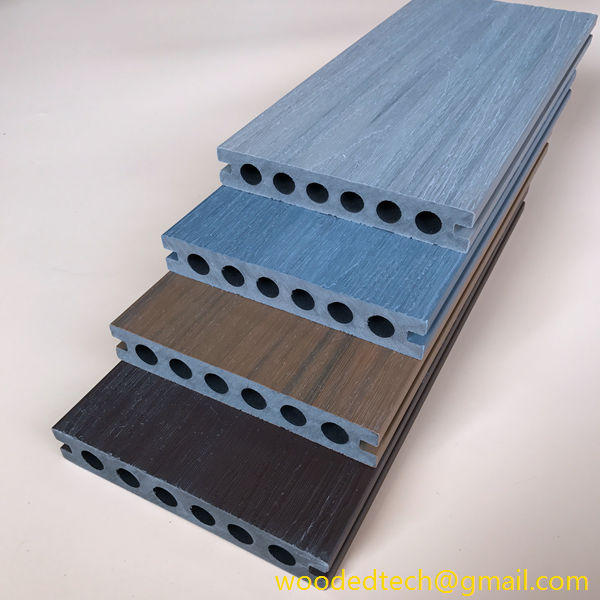
The frame of a decking structure is its underlying support system, typically composed of joists, beams, and posts that hold the decking boards in place. The choice of materials and design for this frame can significantly impact the overall performance and appearance of your deck. When considering framing options for WPC decking, it is essential to understand the benefits and limitations of various materials available in the market.
Traditionally, wood was the go-to option for framing decks. While it provides a natural look that many homeowners desire, it is prone to rotting, warping, and insect damage over time. These issues can compromise the structural integrity of the deck and lead to costly repairs. In contrast, the use of composite materials for framing offers a more durable alternative. Composite framing systems are designed to withstand moisture, insects, and other environmental factors that can weaken traditional wood frames. This resilience ensures that your WPC decking remains securely supported for years to come.
One of the most significant advantages of using composite framing is its compatibility with WPC decking. Many composite framing systems are engineered to work seamlessly with composite decking boards, providing a cohesive look and feel. This compatibility not only enhances the aesthetic appeal of the deck but also simplifies the installation process. Homeowners and contractors can achieve a polished finish without the need for additional materials or complex assembly techniques.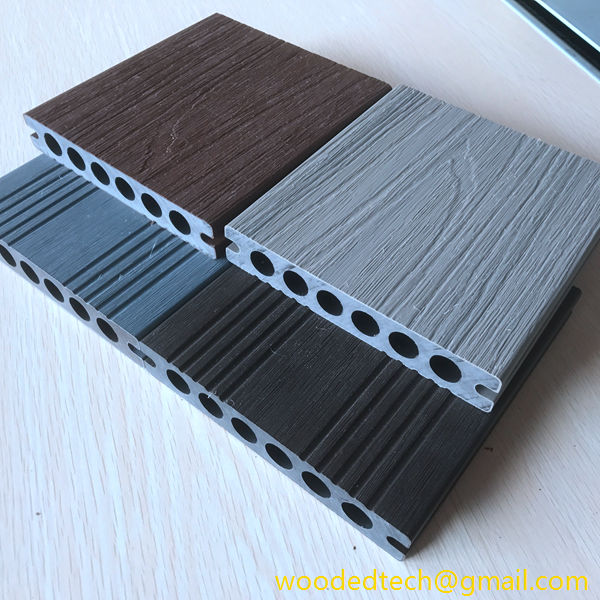
Aluminum framing is another option that has gained popularity in recent years. Aluminum is known for its strength and resistance to corrosion, making it an excellent choice for outdoor applications. An aluminum frame can support significant weight while remaining lightweight itself, which can be particularly advantageous for elevated or multi-level decks. Additionally, aluminum framing can be powder-coated in various colors, allowing for customization that aligns with the overall design of the deck. This versatility in appearance helps enhance the visual appeal of WPC decking, making it possible to create a unique outdoor space that reflects personal style.
When considering frame options for WPC decking, it is also essential to assess the design of the deck itself. The layout and configuration can influence the choice of framing materials. For instance, if the deck features intricate designs or varying levels, a more robust framing system may be required to maintain stability. Framing systems that incorporate adjustable supports can accommodate different heights and angles, ensuring that the deck remains level and visually appealing.
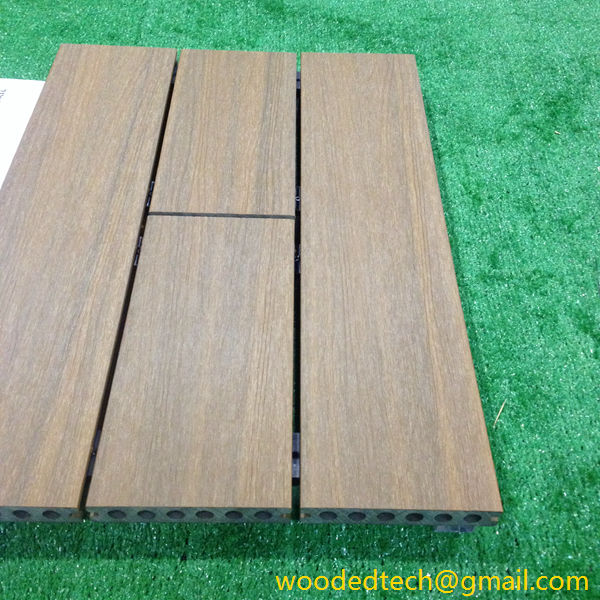
Another factor to consider is the environmental impact of the materials used in the framing system. With a growing emphasis on sustainability, many homeowners are seeking eco-friendly options for their outdoor spaces. Both composite and aluminum framing systems often utilize recycled materials, aligning with environmentally conscious practices. By choosing these materials, homeowners can not only achieve structural integrity and aesthetic appeal but also contribute to a more sustainable future.
The importance of proper installation cannot be overstated when it comes to maintaining the structural integrity of a WPC deck. Regardless of the framing material chosen, it is crucial to follow manufacturer guidelines and local building codes during installation. Ensuring that the framing system is correctly anchored and spaced will prevent issues such as sagging or shifting over time. Professional installation may be advisable for those who lack experience, as it can provide peace of mind and guarantee that the deck will last for years without significant problems.
In terms of aesthetic appeal, the framing system should ideally complement the WPC decking boards. While the decking itself is often the focal point of the deck, the frame should not be overlooked. Consideration of color, texture, and design elements can enhance the overall look of the outdoor space. For instance, a sleek aluminum frame may pair beautifully with modern WPC decking, while a more rustic composite frame can create a charming, traditional ambiance.
In conclusion, when exploring WPC decking frame options, it is essential to balance structural integrity and aesthetic appeal. Composite and aluminum framing systems present durable alternatives to traditional wood framing, offering long-lasting support while enhancing the visual aspects of the deck. Homeowners should consider the specific needs of their outdoor space, including design, installation, and sustainability, when selecting framing materials. By making informed choices, you can create a beautiful, functional deck that stands the test of time, transforming your outdoor area into a space for relaxation and enjoyment. Whether you are a homeowner looking to enhance your property or a contractor seeking the best materials for your clients, understanding the various framing options available will help ensure the success of any decking project.

